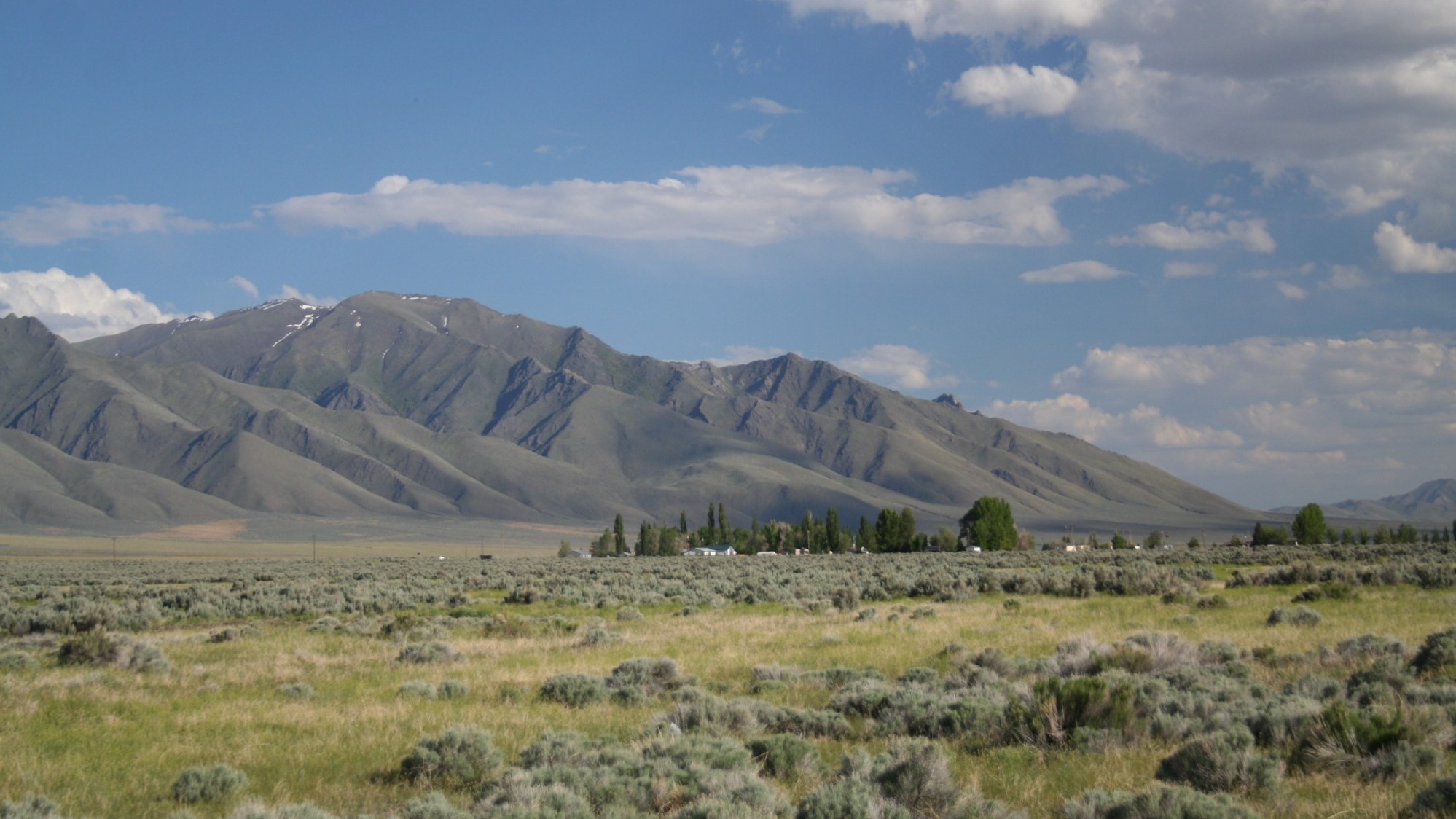Bolivian authorities investigate tailings pond collapse near Potosí

Bolivian authorities are investigating the causes behind the collapse of a tailings facility near the southern town of Potosí, an accident that took place a week ago and that caused a mix of mud and mine residue to reach at least four rivers that drain into the Pilcomayo River.
Pilcomayo is an international, 1,100-kilometre-long river that passes through Bolivia, Argentina and Paraguay and that defines most of the border between the latter two before it joins the Paraguay River near Asunción.
The tailings pond that failed belonged to the Departmental Federation of Mining Cooperatives whose members extract silver and zinc through artisanal means in the nearby areas.
Following a visit to the site where the accident took place, Potosí city councillor Reyna Menacho published a series of videos on social media pointing out that the residues are starting to sediment, which means that it may take about 10 years for the ecosystem to fully recover.
Together with Menacho were representatives from the Mining Administrative Jurisdictional Authority (AJAM), the governor’s office of the Potosí Department, the Bolivian Mining Corporation, and the Mining and Forestry Environment Commission, among others. They carried out a full inspection that allowed them to find clandestine mining work in the vicinity of the Mazuni Lagoon, something the AJAM had been reporting since 2017.
According to the councillor, the illegal mineshafts, some of them over 80 metres in depth, were destroyed and authorities made a commitment to monitor the area and dismantle similar operations that “that threaten the environment and public health.”
This is not the first time this type of accident has occurred in Bolivia, a situation that has been criticized by its neighbours to the south.
More News
Lithium Americas reaches final investment decision for Thacker Pass mine
Once open, Thacker Pass is expected to produce 40,000 metric tons of battery-quality lithium carbonate per year.
April 01, 2025 | 03:05 pm
Gold retreats from record as traders brace for Trump’s tariffs
Traders are on edge as Trump plans to announce sweeping levies on all of America’s trading partners on Wednesday, raising the risks of retaliatory measures.
April 01, 2025 | 12:58 pm
{{ commodity.name }}
{{ post.title }}
{{ post.excerpt }}
{{ post.date }}



Comments